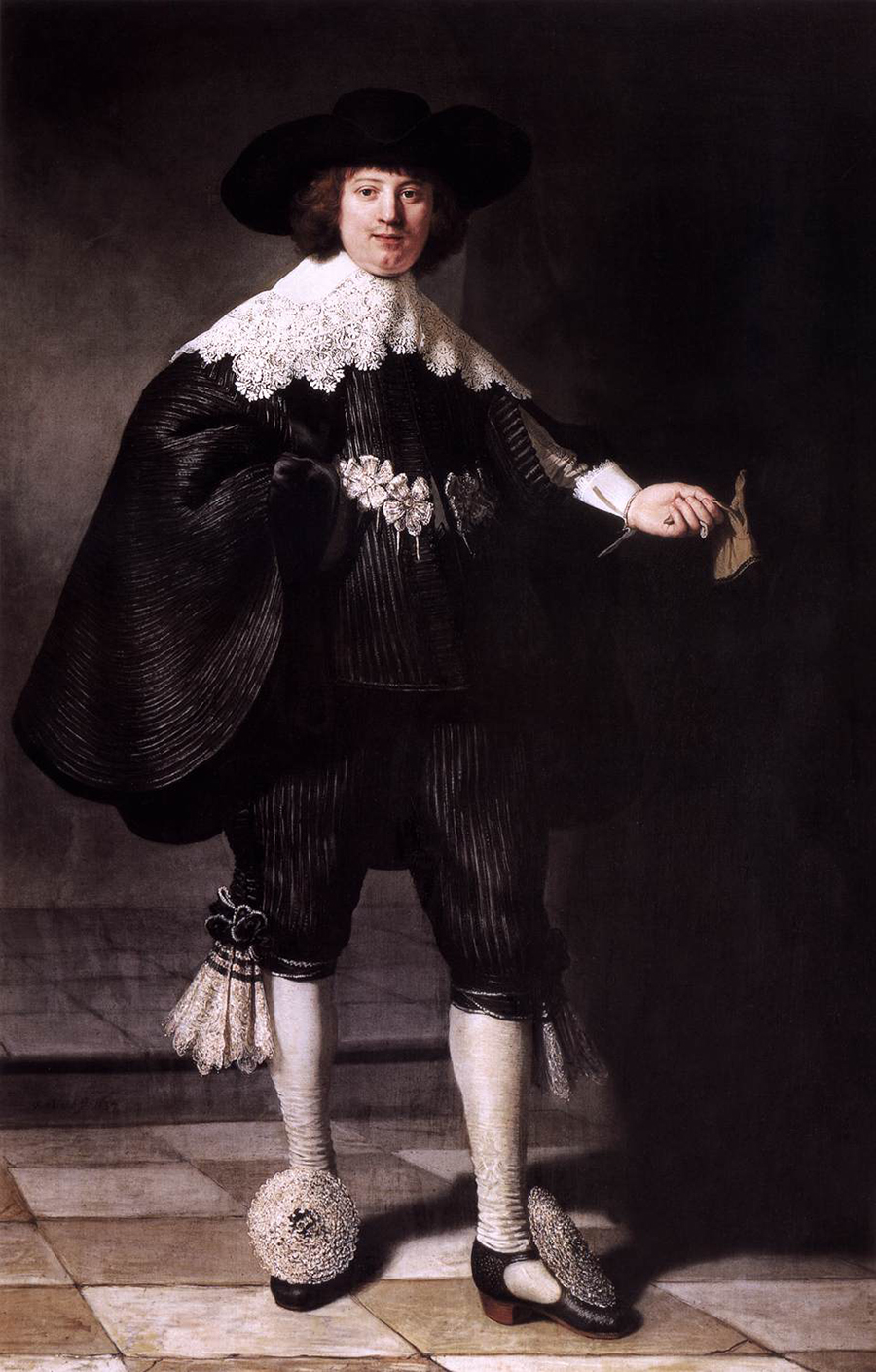Scientists Discover the Secret to Rembrandt’s Paint Recipe
New research has revealed the ingredient responsible for the richness of the Old Master’s paintings
New research has revealed the ingredient responsible for the richness of the Old Master’s paintings

A team of Dutch and French researchers have released new data pointing to the secret ingredient behind Rembrandt’s use of impasto: the application of thick layers of paint giving his work its characteristic texture and depth.
According to a paper published in the journal Angewandte Chemie, the scientists identified the rare chemical presence of plumbonacrite – a discovery both crucial for scholars researching the Old Master’s paintings, and professionals working on the conservation of his work. Previously, plumbonacrite has only been discovered in a 19th-century work by Vincent Van Gogh, and 20th-century paintings.
The scientists took small samples of paint from three works: The Portrait of Marten Soolmans (1634) held at the Rijksmuseum, Bathsheba (1654) at the Louvre, and Susanna (1636) at the Mauritshuis. Researchers used radiation X-ray technology at the European Synchrotron lab in Grenoble, France, to better understand the chemical composition of the paint used by Rembrandt.
Remarking on the unusual chemical fingerprint of Rembrandt’s paintings, the Rijksmuseum’s Victor Gonzalez said: ‘It is so unusual in Old Masters’ paintings […] What’s more, our research shows its presence is not accidental or due to contamination, but the result of an intended synthesis.’
The presence of plumbonacrite suggests the use of an alkaline binder, used by Rembrandt to prepare paint for his impasto technique. The conservation expert Marine Cotte commented: ‘Based on historical texts, we believe that Rembrandt added lead oxide, or litharge, to the oil in this purpose, turning the mixture into a paste-like paint.’





















